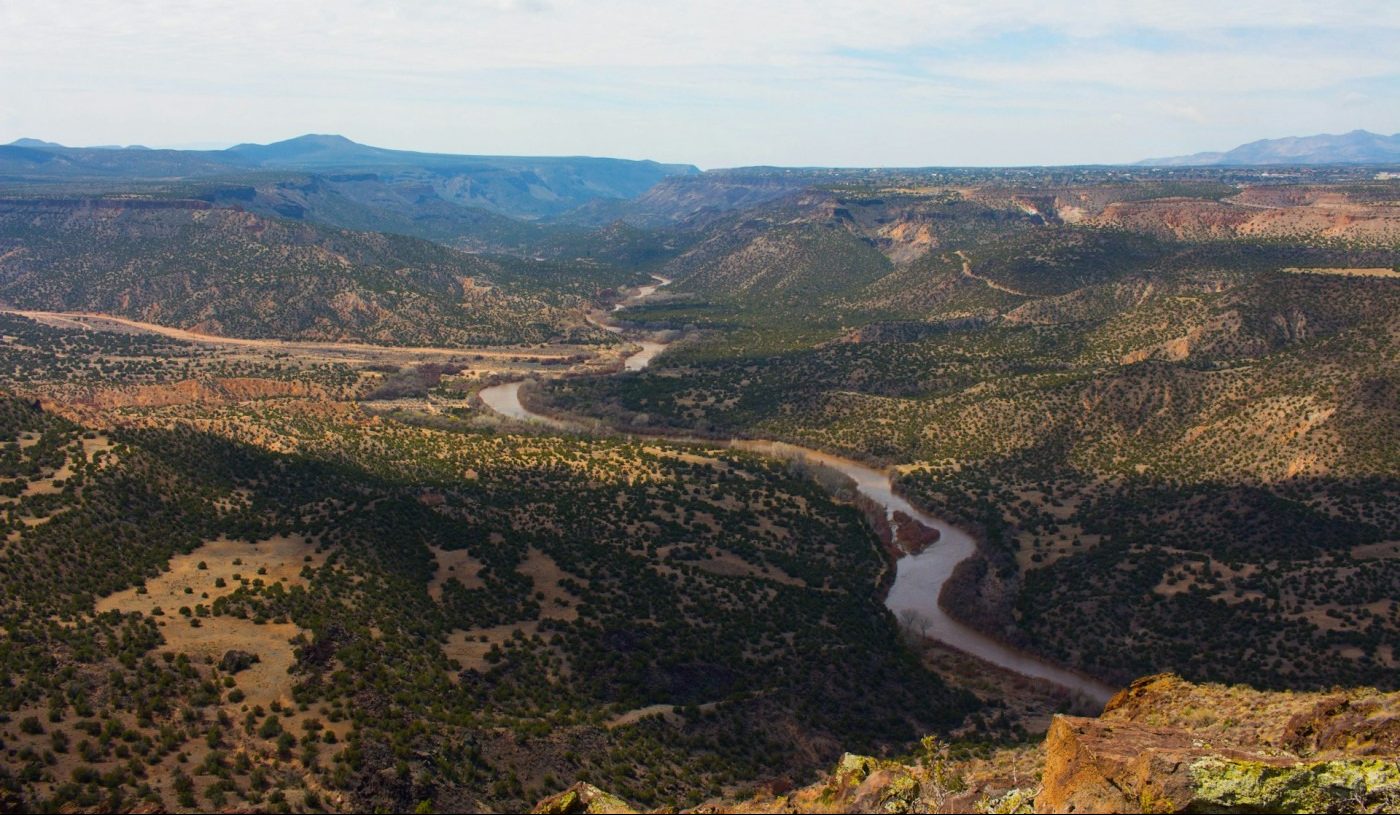Wars over water – a present and future matter for the climate crisis
Most people know that water scarcity is becoming a bigger problem as climate change causes more weather disruptions and drought, leading to more intense competition for water. But not many people know the exact scale of the problem: let me enlighten you. Water scarcity affects about 40% of the world’s population. Therefore, it is no surprise that these shortages are causing conflicts and could even trigger wars in the near future.
According to the Pacific Institute, which has collated a Water Conflict Chronology that details over a thousand water conflicts, there are three main groups of water conflict: trigger, weapon, and casualties. Attacks on civilian water infrastructure, which come under the ‘casualties’ umbrella, are increasing. The war between Ukraine and Russia has particularly increased this as Russian troops bombed a water system in Kherson in 2022 as well as a pumping plant in Chernihiv. The Israel-Palestinian Conflict is also contributing to the ‘casualties’ – the Israeli military has destroyed Palestinian-owned wells and water systems on large.
Drought could put up to 700 million people at risk of displacement by 2030, thereby increasing the likelihood of water-related conflicts.
The problem is set to get worse in the coming years. According to the UN, drought could put up to 700 million people at risk of displacement by 2030, thereby increasing the likelihood of water-related conflicts. In parts of South Africa where people lack access to clean water, people have burned tyres and thrown rocks at the police in anger. In the Tigris-Euphrates Basin, an area comprised of Turkey, Syria, Iraq and western Iran, groundwater is disappearing quickly. Add to that the fact that Turkey has plans to build 22 dams and power plants along the two major rivers (which would greatly reduce the amount of water available to its neighbours), and it becomes clear that this area could soon be in hot water.
Fortunately, actions are being taken to reduce the risk of water-related conflict. The Dutch government-funded Water, Peace and Security partnership and a group of six American and European NGOs have developed a Global Early Warning Tool. This is a map that uses a colour-coded system to indicate areas in Africa and Asia where there is ongoing, emerging, or no conflict. Knowing where these conflicts are located can help peace-making organisations like the UN know where to intervene if things go south. Furthermore, attempts have been made to tackle the issue more diplomatically, in that more than 200 water-sharing agreements have been signed since 1945. These have cleared up misunderstandings and aimed to benefit all the parties involved as much as possible.
A 1944 water treaty between the US and Mexico is falling short of expectations as climate change exacerbates drought
However, water-sharing agreements are not always the panacea they are purported to be. A 1944 water treaty between the US and Mexico is falling short of expectations as climate change exacerbates drought and makes their mandates increasingly difficult to meet. The US is supposed to deliver 1.5 million acre-feet of water from the Colorado River to Mexico each year, while Mexico is meant to give 1.75 million acre-feet from the Rio Grande to the US every five years. Meeting these astronomic targets in light of the increasing climate crisis is proving especially challenging for Mexico as the country is suffering through a severe drought.
Despite all that, there are different ways to think about potential solutions. Some proposals to prevent water wars include increasing water prices to “help pay for current operation and maintenance costs”, desalinating more seawater, and recycling more greywater. The latter two are particularly important since a 2021 environmental report found that they could decrease the proportion of the global population under severe water scarcity from 40% to 14%. It looks like Egypt could lead the way as they have plans to open 47 new desalination plants as well as the world’s largest wastewater treatment plant. A more structurally led solution is reforming water institutions. If done right, this could improve the efficiency of water storage and delivery, avoiding situations where copious amounts of treated water are lost due to damaged infrastructure like in Iraq.

Comments (1)
Thanks for mentioning the Water, Peace and Security (WPS) partnership and . Please also note the launch of the Transboundary Freshwater Diplomacy Database Explorer at World Water Week, by the Shared Waters Lab (SWL) Partnership between Oregon State University, IHE Delft, and The Fletcher School at Tufts University which tracks transboundary agreements. https://www.un-ihe.org/news/updated-transboundary-freshwater-diplomacy-database-launched-world-water-week